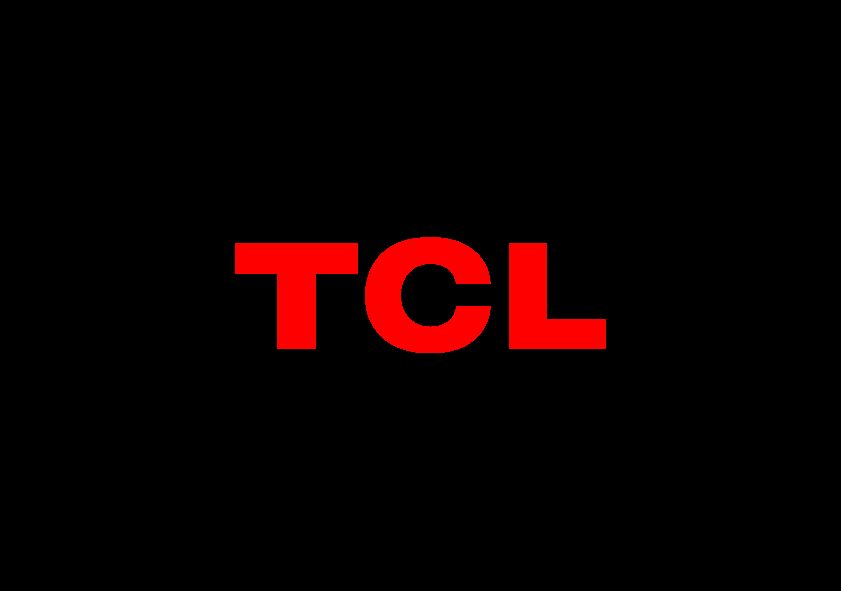
At IFA 2025, TCL made waves with the introduction of TCL ECORA, a breakthrough material created from a surprising combination: upcycled ceramic waste and recycled plastic. Touted as the first material of its kind in consumer electronics, ECORA drew significant attention at the event, not only for its technical innovation but also for the story behind it.
TCL plans to debut the first products featuring ECORA within the next year, with early applications ranging from TV back panels and air conditioners to future expansions across other product lines. By weaving sustainability, durability, and cultural heritage into a single material, TCL is signalling a bold new direction for the industry.

A Material Inspired by Culture, Designed for the Future
ECORA isn’t just about sustainability—it’s also about storytelling. The composite is inspired by ancient Chinese culture, specifically the porcelain craftsmanship of Jingdezhen, a city famous as the “cradle of Chinese porcelain” for more than 1,700 years. Ceramic waste sourced from Jingdezhen’s factories is finely ground into powder, then integrated into plastics to form a durable, premium-finished composite.
This connection to history and culture gives ECORA more than just a technical edge; it adds meaning and significance. It’s a material that acknowledges the past while pointing toward a sustainable future.
Performance Meets Sustainability
Unlike traditional recycled plastics, ECORA offers superior surface hardness, strength, and a premium tactile feel. It’s cool and smooth to the touch, with a stone-like density that could redefine the look and feel of everyday appliances and electronics.
Shane Lee, General Manager of TCL’s Design Innovation Center, emphasised the innovation behind ECORA, saying:
“Recycled ceramic has never been used in the consumer electronics industry, so TCL ECORA is totally unique. This eco-friendly solution enhances our products’ performance and builds on our TCLGreen initiatives, empowering consumers to live healthier, more comfortable and eco-conscious lives.”
ECORA was developed in collaboration with Chris Lefteri Design, a global leader in materials innovation that has worked with many Fortune 100 companies. Founder Chris Lefteri highlighted the project’s sustainability impact:
“With TCL ECORA we are upcycling waste that otherwise would end up in landfill. We worked in close collaboration with TCL to craft this new material, and we are extremely proud of what we have achieved.”
A Milestone in TCLGreen
The launch of ECORA marks a significant milestone in TCLGreen, the company’s global sustainability initiative. By reducing reliance on virgin plastics while reclaiming industrial ceramic waste, TCL is taking a step toward lowering environmental impact without compromising design or performance.
The timing is no accident: with consumer awareness around sustainable materials at an all-time high, ECORA positions TCL at the forefront of eco-conscious innovation in consumer tech.
Where to See ECORA in Action
TCL isn’t keeping ECORA behind closed doors. Consumers will be able to experience the material firsthand at two major upcoming events:
-
Milan, Piazza del Duomo (6th Dec 2025 – 6th Jan 2026): As part of TCL’s “Wishes for Greatness” campaign and its sponsorship of the city’s Christmas Tree, visitors can explore a festive village featuring Olympic-themed decorations, immersive activities, and a showcase of TCL products made with ECORA.
-
CES 2026, Las Vegas (6th–9th Jan, 2026): TCL will spotlight ECORA at its booth during one of the world’s largest tech trade shows, giving the industry a closer look at how this material could shape the next generation of electronics.
Why It Matters
TCL ECORA isn’t just another incremental step in sustainable design—it could represent a paradigm shift in consumer electronics manufacturing. By uniting cultural heritage with cutting-edge materials science, TCL has created something that’s both meaningful and practical.
If ECORA delivers on its promise, we may soon see a future where our TVs, appliances, and everyday electronics carry not just a lower environmental footprint but also a deeper cultural story embedded in their very materials.



